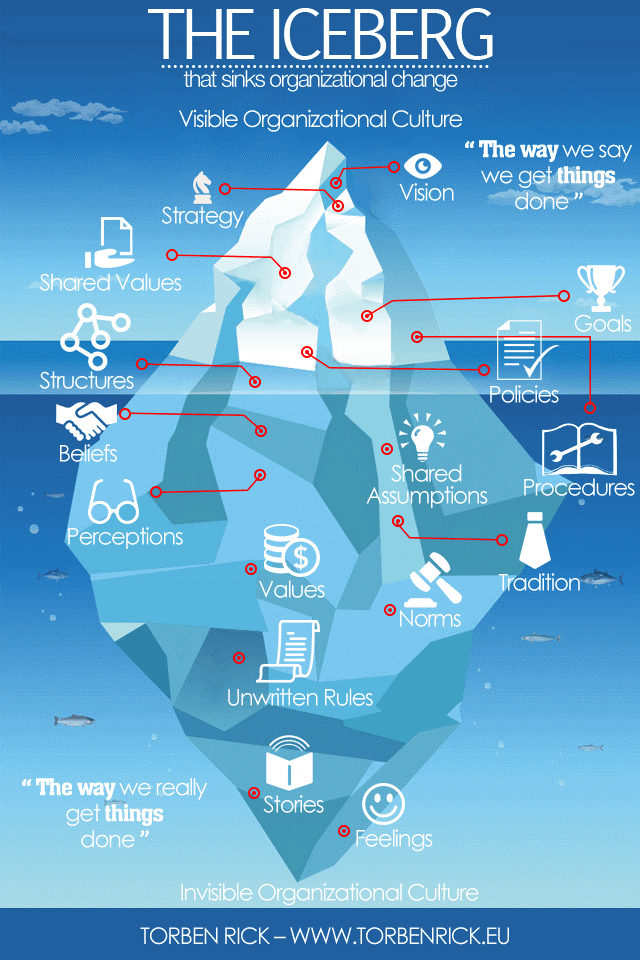Organisational culture and the challenge for internal audit

Steve Bruce discusses organisational culture and the challenges for internal audit.
In a follow-up article he will focus on why internal audit should audit culture and highlight the different approaches and challenges when carrying out this audit.
What is organisational culture?
Following a series of scandals across different industries including the public and private sector, significant focus remains on how to change culture in organisations to restore public trust.
Back in 2016, Sir Winfried Bischoff, Chairman of the Financial Reporting Council (FRC), stated: ‘a healthy culture leads to long-term success by both protecting and generating value in the UK economy. It is therefore important to have a consistent and constant focus on culture, rather than wait for a crisis. A strong culture will endure in times of stress and change’.
A key UK financial regulator, the Financial Conduct Authority (FCA), defines culture as: ‘the typical, habitual behaviours and mindsets that characterise a particular organisation. The behaviours are the “way things get done around here”; they are the way that we act, speak and make decisions without thinking consciously about it. And sitting underneath these behaviours or habits are mindsets inside people’s heads; the beliefs or values that people feel is important’.
Mindsets are not tangible but are the key determinant of behaviour throughout your organisation. Incentives within your organisations will likely influence these mindsets.
Your organisation may have stated aspirational shared values but if they are not embedded into individuals within the organisation, then the behaviour may not reflect those shared values (see Figure 1 below).

Figure 1 Source: Torben Rick - Organisational Culture is like an iceberg
What does good culture look or feel like?
Regulators, for example financial regulators, are not prescribing an overall off-the-shelf culture for your organisation as it depends on industry, scale, strategic priorities, leadership style etc. However, the FCA has stated that mindsets and incentives must change in any organisation so that the overriding objective for everyone in financial services is to do the right thing for the customer and the financial markets in general. It may be hard to argue that this should not apply to any industry.
ICAS recognises that corporate culture is an organisation’s guiding force; that successful organisational values are those that are “properly set, clearly stated and always lived”. To this end, it has produced a practical guide that emphasises that CAs, at all levels, have an important role to play in embedding a culture of ethics within their organisation.
How can culture be shaped and how easy is it to change?
In short, it’s challenging to shape and can be a slow process to change.
In a speech on Getting culture and conduct right - the role of the regulator, the FCA’s Director of Supervision outlined how leaders in an organisation can shape culture (and mindsets) by consistently applying all the following:
- Tone from the top
Culture or their drivers should be an important and regular item for board discussion including plans and any changes made. Are your leaders spending sufficient time setting the direction and acting as role models?
Middle management, often referred to as ‘the tone in the middle’, is also critical to shape and change culture as they have more direct contact with all staff to impress the value of good culture. Where middle management reflect a perceived resistance to change, they are sometimes disparagingly referred to as ‘permafrost’.
An example could be a star trader or salesperson generating unusually high revenue, but their behaviour may not reflect the shared values set by the Board such as putting customers first. Does middle management tolerate, or even celebrate and reward such behaviour?
- Practices
The recruitment, compensation, performance management and promotion practices in your organisation are critical in informing people what they need to do to be successful, that the right people are employed and rise to leadership roles. Remuneration and incentives to reward performance should be in line with your organisation’s values which reinforces and embeds an organisations desired culture.
The practice of assigning clear roles and responsibilities is also important. Is it clear and accepted in your organisation that you can delegate responsibility but not accountability? Additionally, is there clear accountability for all staff working under their area of responsibility such that conduct issues don’t ‘fall through the cracks’.
- Narratives
The tone of strategies, business plans, mission and value statements that circulate in your organisation should help explain what your organisation is trying to achieve, how it’s trying to achieve it, and why it’s important. How often are these documents referred to and repeated and passed on in your organisation? In short, how effectively are they embedded in your organisation at all levels?
Capabilities
To change mindsets and behaviours may require learning some new capabilities. There can be a different skillset required to sell a customer something as opposed to understanding their needs. To learn new capabilities, recruitment and training are likely to be critical in embedding an organisations desired culture.
Mindsets develop over time, sometimes over decades, as management come and go. Therefore, culture can be resistant to efforts to make changes. For good or bad, individuals are attracted and may thrive in your organisation as they have a mindset that is best suited to the success factors defined by your organisation.
The follow-up article will focus on why internal audit should audit culture and highlight the different approaches and challenges when carrying out this audit.
See also the ICAS initiative: Ethics and The Power of One
